Mixing Vs Mastering: What’s the difference?
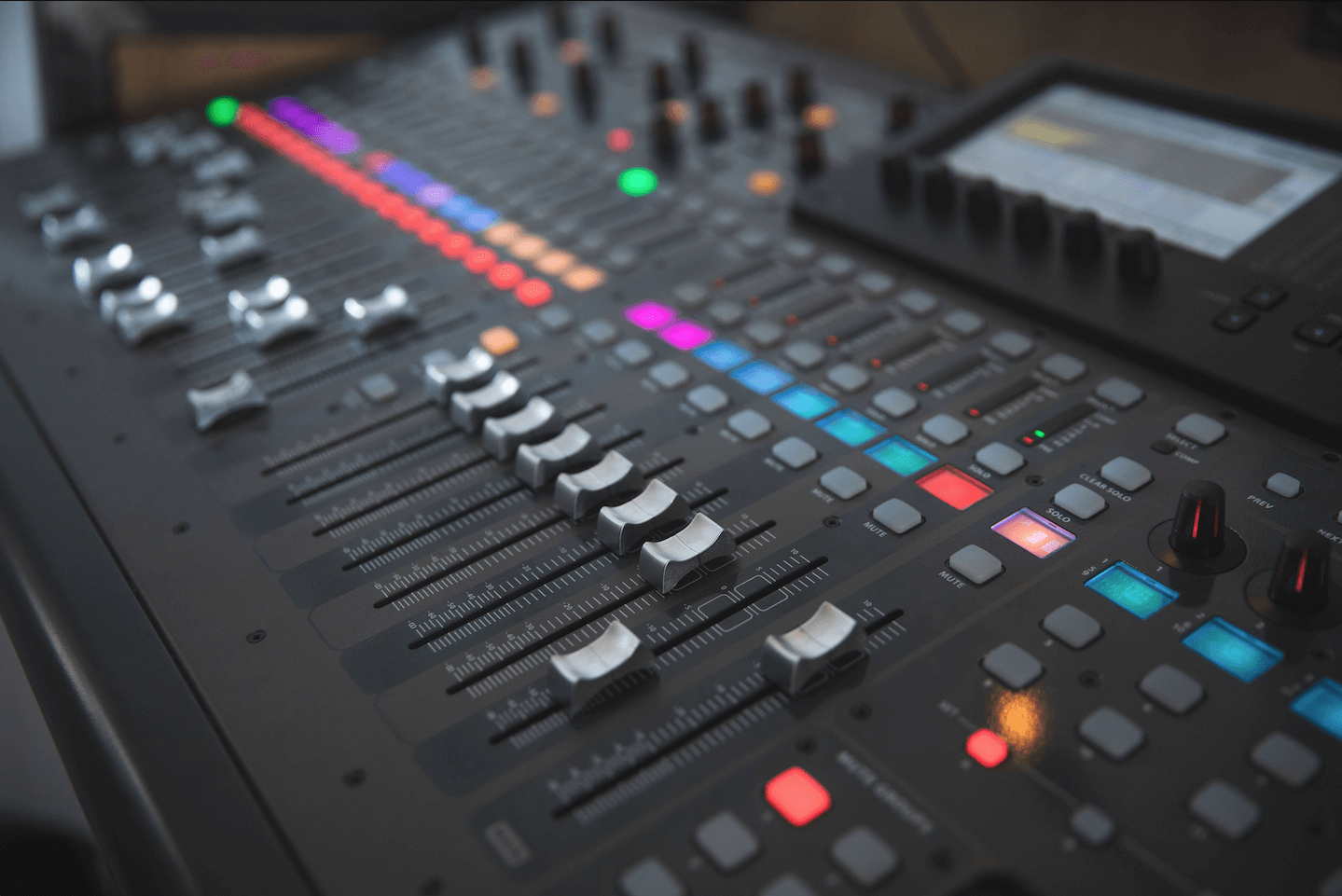
Photo courtesy of Luke Southern
While most musician are aware that mixing and mastering are different disciplines, it’s not always so common to understand which jobs are done by whom, and what each pursuit entails.
Adam Hignell takes a look at the fundamental differences:
Write Chords Faster with Captain Chords
- Use Captain Plugins to write your own Chord Progressions, Hooks, Melodies and Basslines
- Export to your DAW
- Available on Mac and Windows.
What is Mixing?
This is probably the easier of the two to define. Mixing is pretty much what it sounds like; mixing together the parts of a song. Traditionally, once a mix is perfected, the mix engineer bounces a pre-master to send to the client, who then sends it to their mastering engineer.
But, in these cost-constrained modern times, aided by the staggering improvement and availability of hitherto unaffordable tools, most electronic songwriters are their own mix engineers too. It’s become part of the same package – you can’t be a great producer unless you can mix your stems like a boss.
Of course, this can encourage bleed into mastering-land… how does a young producer, now adept at mixing their own tracks as they go, know when to hand the baton to a mastering engineer?
Let’s take a look at the fundamental job of a mix engineer*:
* There’s a big twist coming…
Balance. Blend. Boost.
If you’re mixing your own tracks as you write them, you may well have an instinctive understanding of which timbres, sounds and instruments you want to hear play the music of your song. It’s something that is hard-wired into our brains after years of listening to music. We just know what goes where, roughly speaking. So when you’ve got some nice chords, a decent melody or two, a bass-line and a dope beat programmed, you might already know which synths or instruments you want to use. Maybe you even started with them straight off the bat – I usually do.

Your job now, with your mix engineer hat on, is to establish exactly how those parts can sit together to deliver the track you’ve got in mind. Like many things in music production, it should be so simple… but it rarely is! You need to gauge the responses of effect chains, send and return channels, the impact of compressors, saturators, and any other plugin effect you’ve added to any given channel. Then, figure out how to make the most of every single part, give each aspect of the song room to breathe, space to sit and the right volume level. All without clipping any channels, and gain-staging meticulously.
It’s a time-worn practice, and it don’t come easy.
Cut. Carve. Conform.
While mixes can be ruined by over-zealous boosting of sounds or frequencies, they can just as quickly be wrecked by what you leave in. Sour frequencies, overly-resonant bass or drums, unecessary low-end that fights your bass or kick drum… there are many things to consider cutting or carving apart until they conform with the overall balance of your track. A useful notion to bear in mind: it’s all about how the ensemble mix sounds – if your instrument sounds killer in Solo, it counts for nothing if it’s swamped when the rest of the track kicks in.
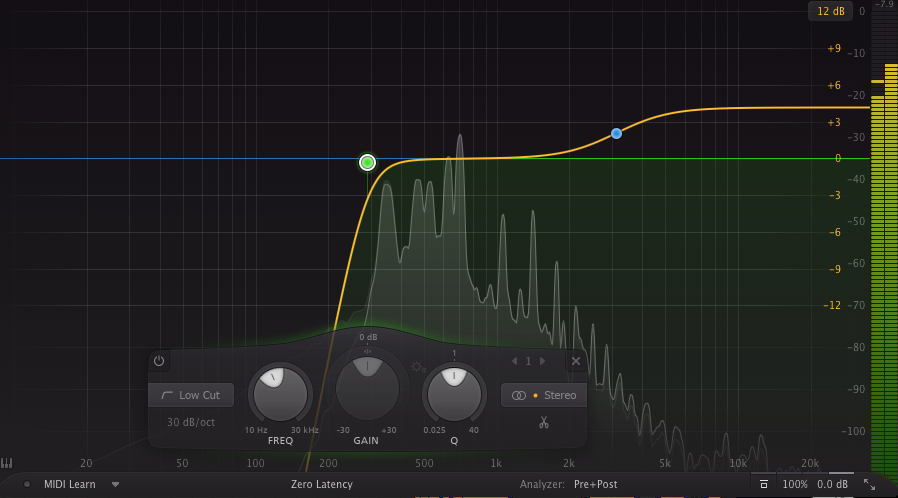
Prepare. Present.
I’m gonna assume your mix is smoking now. Good job! Now, it’s time to present your mastering engineer with a perfectly presented pre-master audio file. It should be a lossless audio file at an agreed sample rate – usually 44.1 or 48khz. You’ll need to leave at least -6db of headroom on the master output channel – so turn that down if you’ve been mixing at capacity.
It’s debatable whether you should add any Exciter, Compressor or Limiter onto the master channel. As a mastering engineer as well as a mix engineer, I personally feel you should leave the compression and limiting to the mastering process. But a little tone sculpting, such as with an Exciter, is fine by me.
Ready for the big twist?
What is a mastering engineer?
Now we’re all crystal clear on the mix engineer’s remit, what about the mastering?
And here’s the twist; it’s bafflingly similar to mixing. Quite frankly, much of what they do are the exact same things, but with a different objective, and subtly different methods. And, one important additional consideration: Volume.
Balance. Blend. Boost.
Yup, you guessed it. A mastering engineer’s job is also to ensure things are all balanced, blended and boosted as beautifully as possible. A great mix means less work for the mastering engineer, yet they still might feel that a little tonal balancing could bring out the best in the song. Sometimes, a mix is perfectly solid, but the mastering process allows for broader, smoother and warmer re-balancing. Purely by working with a single rendered audio file, as opposed to a coagulation of channels, busses and effect chains, a mastering engineer’s touches can have a more musical effect on the overall tone.
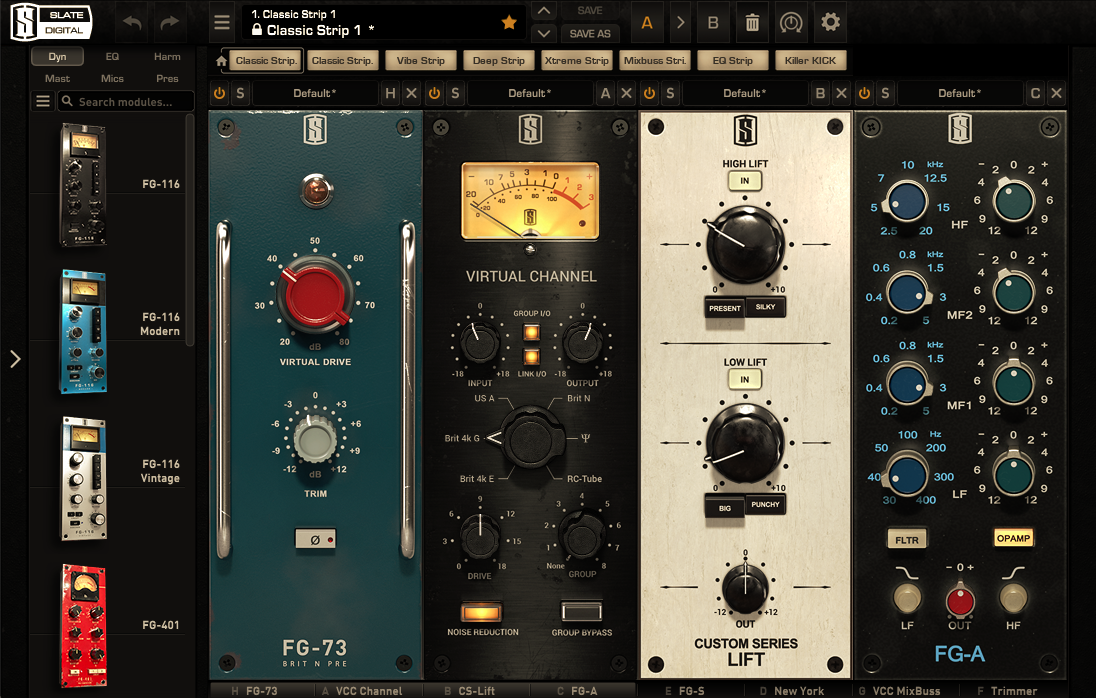
Cut. Carve. Conform.
This one’s a bit more of a stretch. I should have called it ‘Filter. Shelve. Conform.’ It’s not really a mastering engineer’s job to carve things apart. However, they might want to shelve frequencies in some areas, along with judicious filterng to make the overall sound conform to the client’s brief, and the song’s best potential.
Fundamental jobs unique to a mastering engineer:
Volume.
As alluded to earlier, a master needs to be optimized for playback on multiple systems, and clocking in at just the right volume. Notice I dodn’t say the ‘loudest-possible volume’. Thankfully, the volume wars of a decade ago are behind us. Instead, we want to find the sweet spot between ‘really freaking loud’ and ‘full of beautiful dynamic range’. Squash a song to death, and it’s well, dead.
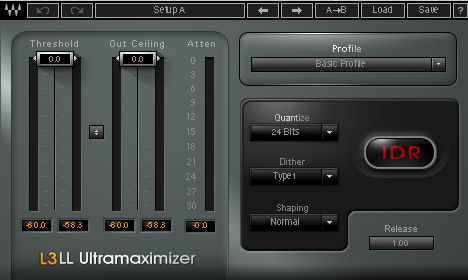
Best possible volume level is achieved predominantly through using a Limiter. With full dynamic range to play with, a mastering engineer can play hard and fast with the Limiter without coming up against pre-existing dynamic limits. They can use their expertise and judgement to get it ‘just so’ without compromise. After all, that’s wha they’re paid for.
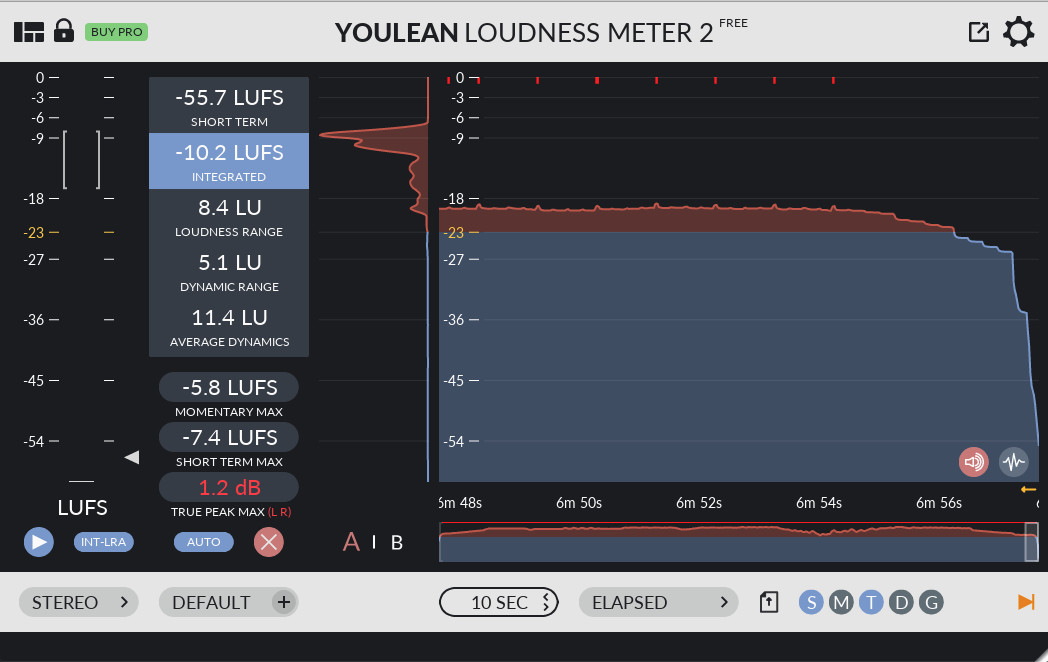
A Loudness Meter, such as this free one by Youlean, allows a mastering engineer to access detailed, real-time information about the loudness, perceived loudness and overall peak volume of the track.
Tone.
Finally, a mastering engineer has a big input on the overall tone of a record. And this is where they can employ the barest of essentials – perhaps just a compressor to glue things together, and a little EQ to perfect the balance – or, bring in all manner of studio tools. Pre-Amps, Saturators, Dynamic Processors, Distressers, Consoles… a mastering engineer’s box of tricks can be pretty deep. the trick is to know when to step in, and when to leave things alone.
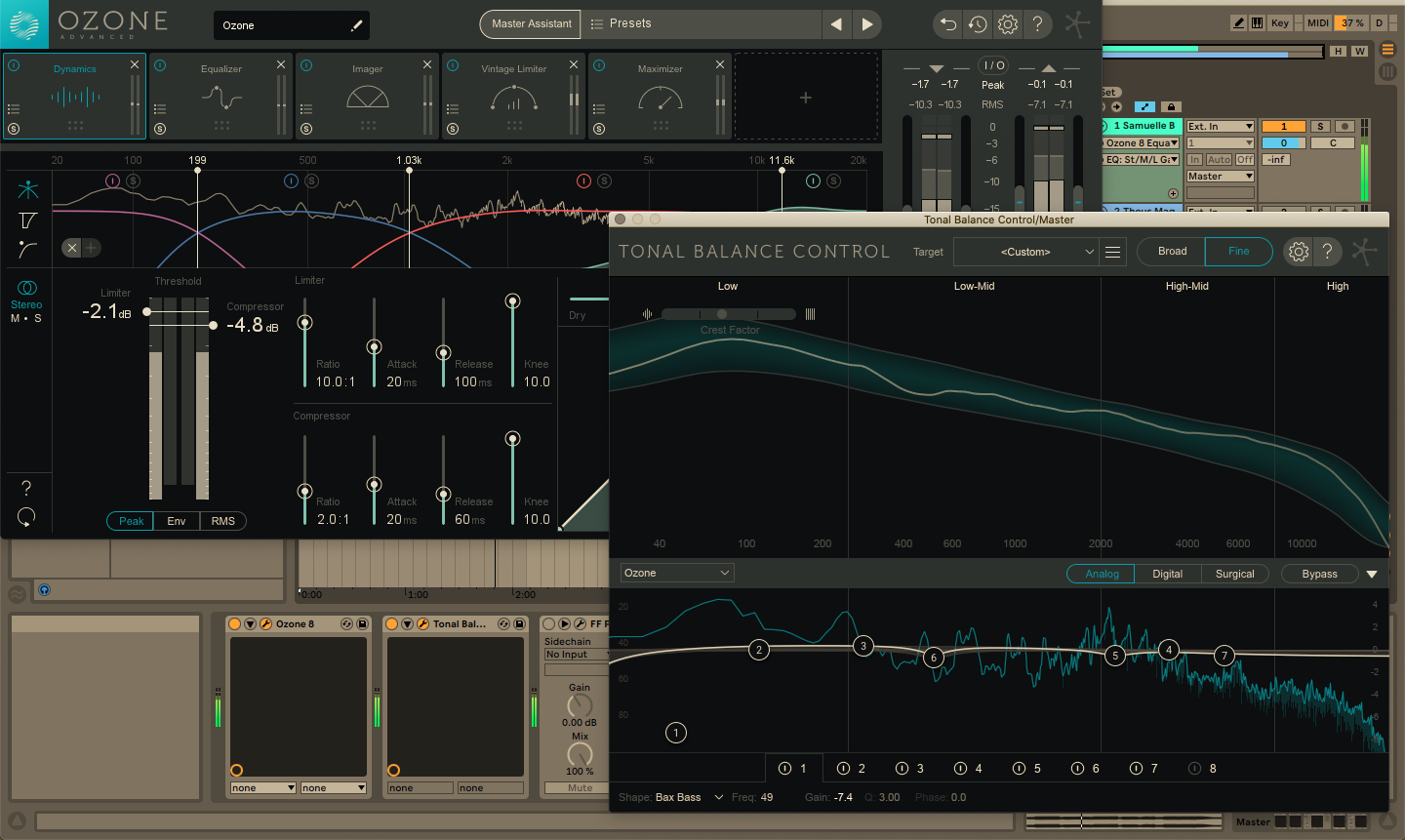
So they’re pretty much the same thing?
Yes and no. Both a mixing and mastering engineer perform similar tasks, with similar objectives – to make the best song possible, and make it sound as good as possible. But the small differences are important. One should not need to do the other’s jobs. That’s why a good masterng engineer will send a pre-master back if it has significant issues. Trying to fix those in the mastering process is like using a sledgehammer to crack a nut, or a paint-roller to decorate an egg-cup… it can be done, but it ain’t advisable.
A good mix means less work for mastering engineer, and less work for a mastering engineer usually means a more transparent master. So it’s always best to get the mix right before sending that pre-master.
But once it’s gone, a mastering engineer has the job of final sculpting, expert-tweaking and optimizing for the target market. It’s a hard job to get right, but a very easy one to screw up. Perhaps that’s why they call it a master.
